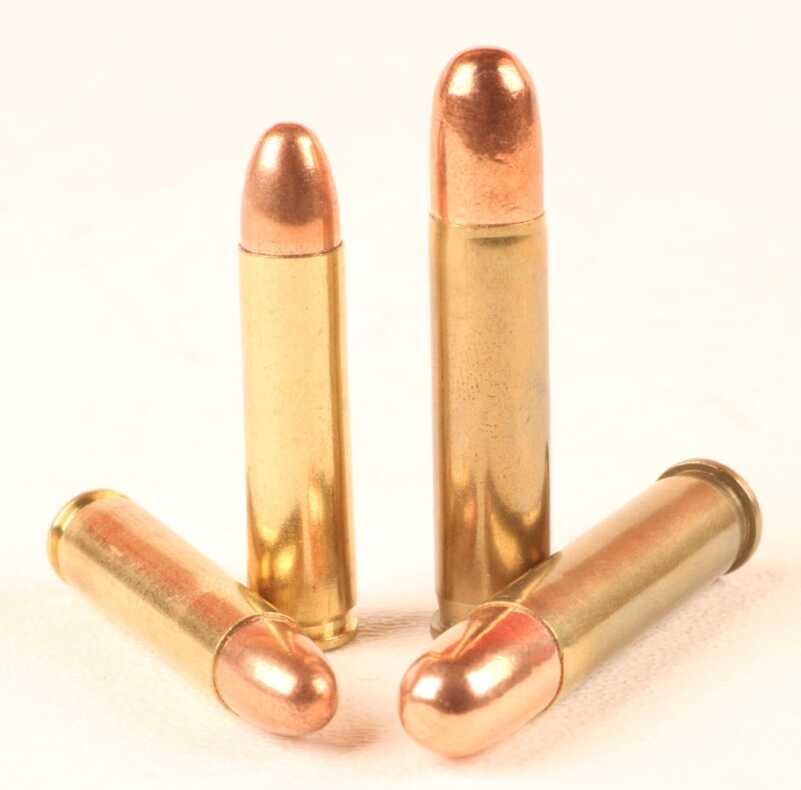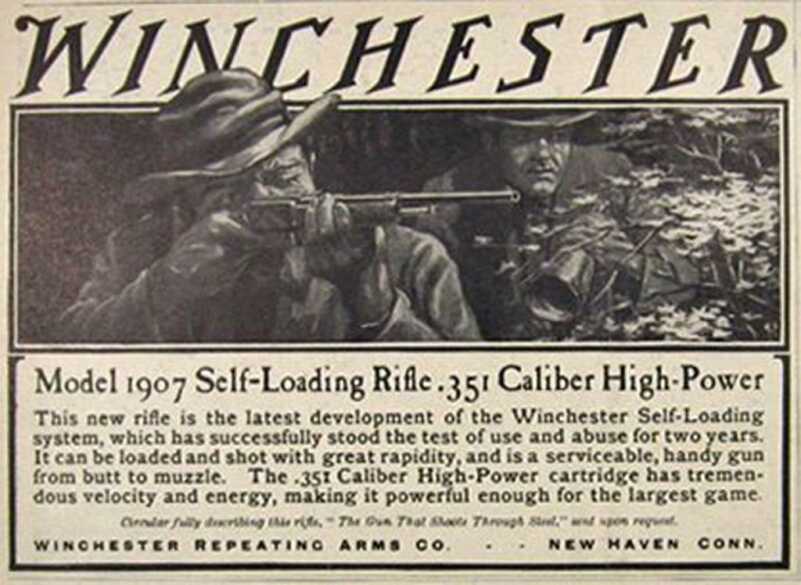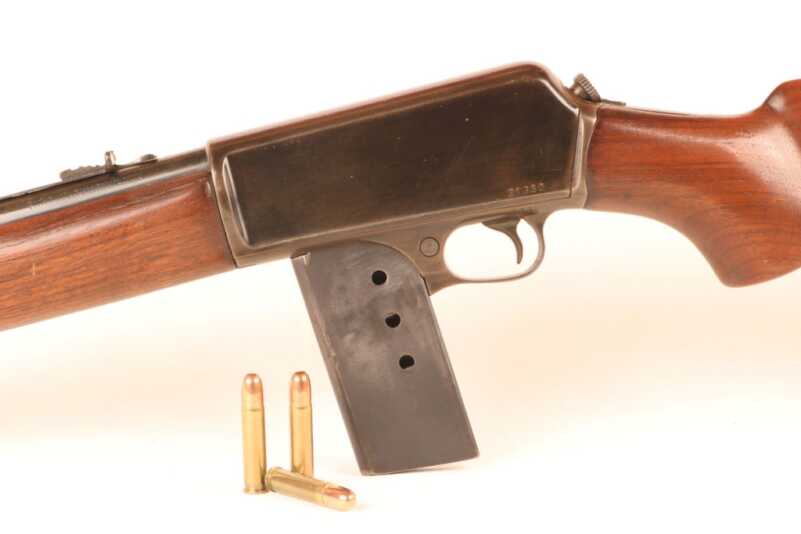
The winds of revolution that swept across Europe ultimately spelled doom for most traditional European monarchs.
It is a timeless conundrum of astrophysics. What happens when an unstoppable force meets an immovable object? On February 1, 1908, at the Praca do Comercio on the bank of the Tagus River in Lisbon, Portugal, the world got an answer to that question. On that fateful day, an immovable centuries-old traditional European monarchy felt the unstoppable power of popular revolution.
The Portuguese King Carlos I was related to just about everybody and by all accounts was a fairly well-intentioned guy. It is difficult to grasp through our modern eyes just how intermarried the royal families of late 19th-century Europe had become. Carlos I, the regent of Portugal, counted cousins from Germany, France, Romania, and England. His mother was Italian. Napoleon Victor Bonaparte was a relation on her side.
His first bridal candidate was German, but religious conflicts were deemed insurmountable. He ultimately married Princess Amelie of Orleans, the oldest daughter of Philippe, the Comte de Paris. Within his person and family, the Neapolitan nature of European royalty should have persisted through at least one more generation.
Carlos I spent his youth training to be king. He inherited a constitutional monarchy, and he seemed to take his duties seriously. He was quoted as having opined, “The king reigns but does not govern.” Sadly, this did not turn out to be a viable way to manage a country.
All the world’s major powers lusted over colonies at this time, and competition was fierce to see what nation-states could squeeze the most manpower, treasure, and prestige from the less fortunate countries of the world.
A year after Carlos I ascended the throne Portugal was forced to accept the British Ultimatum of 1890. This document ceded huge tracts of Africa as defined by the modern states of Zimbabwe and Zambia to Great Britain, resulting in a profound loss of international power and prestige for the Portuguese. This territory is what would otherwise connect modern-day Angola and Mozambique. These developments put the young Portuguese king in a precarious position.
Carlos was well educated and took a powerful interest in such stuff as maritime exploration. He named his several yachts after his French bride. However, geopolitics was fickle, and Portugal was forced to declare bankruptcy twice before the turn of the century.
Clearly out of his depth, Carlos I appointed Joao Franco as prime minister cum dictator to help manage the mundane affairs of running the country.
At the same time, the people of the world began generally to lose their collective enthusiasm for kings. The American experiment in democracy had survived its civil war and was beginning again to thrive. Additionally, the previous French Revolution had sparked a smoldering movement sufficient to make the blood of monarchs of any stripe run cold. By the early part of the 20th century, the stage was set for a proper conflagration.
The particular political motivations of the antagonists are beyond the scope of this treatise. Suffice it to say that the political situation was complicated. By February of 1908, however, there were desperate forces at work that were sufficiently desirous of change to employ radical measures.
The Assassination

The assassination of King Carlos I and his son shook the very foundations of traditional European governance.
The royal family was returning from a month-long respite at their palace at Vila Vicosa back to the seat of government in Lisbon. Their train had derailed unexpectedly earlier in the day, but that delay cost them but an hour. By the time they disembarked in the city crowds were sparse.
Carlos I insisted that he ride in an open-topped carriage while bedecked in his formal military uniform. He hoped that such ostentation projected a sense of noble stability. Accompanying him was his wife the queen as well as both of his sons, the male heirs to the throne. The elder was named Luis Filipe. His younger brother was Manuel. A small contingent of armed police, as well as a mounted cavalry officer, escorted the carriage.
There were two assassins, each of disparate backgrounds and packing very different weapons. Alfredo Luis da Costa was a clerk who carried a small-caliber revolver that could easily be concealed.

The Winchester M1907 represented the state of the art in autoloading rifles at the time of its introduction.
His accomplice was Manuel Buica, a former sergeant and trained sharpshooter who had been recently dismissed from the army. He wielded a radical new Winchester rifle imported from America called the M1907.

Despite its powerful cartridge and unlocked action the M1907 remains remarkably concealable underneath a long coat.
Buica suddenly produced the compact carbine from underneath a long coat, dropped to one knee, and shot Carlos I through the neck at a range of about eight meters, killing him. A second quick shot from the self-loading rifle passed through the shoulder of the dying regent. Taking full advantage of the chaos da Costa then leapt onto the side of the carriage and shot the king’s eldest son Luis Filipe aged 21, squarely in the chest.

The tiny pocket pistol wielded by one of the assassins failed to penetrate the prince’s sternum even fired at point blank range.
The anemic pistol shot stopped in the young man’s sternum and failed to produce a mortal wound. This allowed the prince to stand and produce his own revolver with which he swept da Costa from the coach in a fusillade of gunfire. However, when he stood erect he inadvertently provided the rifleman with a clear line of sight. Buica shot the prince through the skull with his powerful weapon, producing a wound to which the young man would succumb in short order.
The fanatical onslaught was profoundly violent. The queen fought back against her attackers with the only weapon she had available, a large bouquet of flowers. In the subsequent exchange of gunfire several other bystanders were injured to varying degrees, to include the younger prince.

By all accounts, the two assassins were initially captured alive but summarily executed upon their arrival at the local police station.
Both assassins were quickly apprehended and subsequently killed by police. An apparently innocent local jewelry store worker was inadvertently identified as a third assassin and arrested by police as well. He was dispatched with a pair of pistol shots to the head at a local police station before anyone could correct the misunderstanding.
The king’s younger son, Manuel II, was acclaimed king the following day and promptly fired the prime minister. A two-year investigation of the assassination established beyond reasonable doubt that everything about Portugal at the time was simply a sordid mess. Manuel II abdicated two years later, formally dissolving the Portuguese monarchy. He lived out the rest of his days in exile in Twickenham in South London. The gory assassination of King Carlos I and his son remains a tender subject in Portugal even today.
The Weapon
The M1907 Winchester was a remarkably capable firearm for its day.
Firing a radical straight-walled cartridge titled the .351 Winchester Self-Loading (.351WSL), this compact blowback-operated rifle was slightly more powerful than the more common .30-30 Winchester rifles of its era. Offering exceptional performance in the days before World War 1, the M1907 saw fairly broad use.

The straight-walled .351WSL round was powerful and effective. Here we see from left to right the 7.92x33mm Kurz, the .351WSL, and the .30 Carbine.
France ordered a total of 2,200 of these rifles for use in the Great War, converting them to fully automatic and feeding them via 15 and 20-round magazines. The British bought 120 of the guns for use by aerial observers in the Royal Flying Corps. Russia bought 500 of the weapons. General Blackjack Pershing’s troops used 19 of them aboard primitive aircraft during his Punitive Expedition into Mexico. Where the M1907 found its most utility, however, was as a Law Enforcement tool.
The FBI and US Border Patrol used the arm through the 1930s for its small size and prodigious firepower. These same attributes made the gun appealing to those on the wrong side of the law as well.
Homer van Meter, a perennial associate of both John Dillinger and Baby Face Nelson, used an M1907 rifle to murder patrolman Howard Wagner during their robbery of the Merchants National Bank in South Bend, Indiana, in June of 1934.

The Dillinger Gang was known to use the Winchester M1907 with some regularity during their extensive highway banditry.

Several of Dillinger’s M1907 rifles were modified to accept a Thompson vertical foregrip and Cutts compensator.
The Dillinger gang was known to use several M1907 rifles that had been modified to accept a Cutts compensator and Thompson vertical forward handgrip. M1907 rifles sold new for $28 in 1907. That equates out to around $740 today.
Trigger Time

The M1907 has been frequently compared to the subsequent M1 Carbine, itself also a Winchester product.
The M1907 has been compared to the M1 Carbine due to its small size and handy design.
Charging the rifle involves pressing a piston-like appendage that protrudes from the front of the forearm. This component allows comparable access by either hand.
The safety is a simple crossbolt ahead of the trigger guard.
The workmanship is breathtaking, and the rifle breaks down into two components via a thumbscrew for easy portage.
Recoil is snappier than that of the M1 Carbine due to its more powerful cartridge and unlocked action.
At the time of its introduction, the M1907 Winchester rifle offered some remarkably prescient capabilities. In the years leading up to the First World War the martial standard was a long, heavy bolt-action repeater that was deadly out to a kilometer. The M1907 offered close range tactical capabilities not to be found in widespread military service for another three decades or more.
Denouement
The death of Carlos I spelled the end of the Portuguese monarchy. The world ultimately divested itself of most of its kings, and the global industrialized hemoclysm that was soon to come fundamentally altered the way men kill each other. The impetus rings hollow today, but some 110 years ago revolutionaries were sufficiently inflamed as to give their lives in the commission of cold-blooded murder with the hope of precipitating radical regime change. In this, they were ultimately successful. The causes of similar mischief are typically wrapped in religious trappings these days, but the victims remain just as dead.

The precision of the M1907 speaks to its Old World craftsmanship. Note the tiny sliding leaf that can be used to meticulously zero the rifle.

The straight-walled .351WSL round, shown here on the right alongside a .30 Carbine cartridge, is plenty powerful for social work.
The unusually powerful and concealable rifle that Manuel Buica used to kill the Portuguese regent and his heir was radically advanced for its day. Fairly easy to hide and packing some serious punch, this simple Winchester rifle was the perfect tool for this insidious crime. It took another thirty years before military small arms evolution advanced to the point where it could be bettered.
The Winchester M1907
| Caliber | .351 Winchester Self-Loading |
| Weight | 8 lb |
| Length | 40 in |
| Barrel Length | 20 in |
| Action | Unlocked Blowback |
| Feed System | 5, 10, 15, and 20-Round Magazines |
| Sights | Open Iron with Optional Tang-Mounted Aperture |
| Produced | 1907-1957 |
Photo 34
Performance Specifications
Winchester M907
| Load | Velocity (fps) | Group Size (in) |
| 180gr FMJ | 1431 | 2.65 |
Groups represent the best 4 of 5 shots fired from a simple rest over open sights at fifty meters.
Velocity is the average of three shots clocked across a Caldwell Precision chronograph ten feet from the muzzle.
























I love the Win .351 SLR, it is just insanely hard to find rounds for it. They used this rifle at the McAlester State Penitentiary into the 60’s My grand father was quite impressed with the performance of the rifle and purchased one in the mid 50’s to use in the brushy areas of S.E. Oklahoma for deer hunting. I inherited it from my dad and love to shoot it, but the last time I could find ammo it was $89.00 for a box of 50. I do reload, but will have to have dies made for it since I haven’t found any in stock anywhere. I would also like to find some of the larger magazines for it to integrate it into our collection of WW I & WW II firearms.
Wow! No hackneyed gun writer gobbledygook. Please keep publishing.
Another great story and info on a weapon i know little about.
180gr at 1400fps+? Warm 10mm ballistics in 1907!
these are honestly the best stories you guys do. Thank you will dabbs.
A really interesting article and well done all the way around.
This was one of the rifles as well as the Remington Model 81 Special Police that I introduce to people who don’t know that high capacity magazines have been around a long time; and some before the BAR. I do that because I wan’t to show that for over 100 years they’ve been part of the American scene and modern day equivalents are no big deal. They are generally surprised – and I do it to make a point that politicians who act like scary black rifles are a new threat to the public somehow are mistaken and such things have been around a long while without society collapsing in on itself. It seems to take the wind out of the sails of the shrill news media, and educates my fellow Americans, that nothing changes our basic rights; no matter how the media try to provide their version of history and definitions of what constitutes a rifle that has, despite their lies, been in public hands for a long time.
Although I have not had one in over thirty years, I have owned several ’07s and have thoroughly enjoyed them. I did find it amusing that you pictured the ‘law enforcement’ fifteen round magazine in most of the pictures, but only in the picture of Dillinger’s guns and yourself holding a law enforcement model do we see the cupped front actuator rod that went with the ones issued to law enforcement. Great article written from a historical perspective that I learned much from. Many thanx.
Drats on you Dr.Dabbs, drats I say! Now I must locate a M1907 for my own.Ahh.. around 1970 I examined one of these rifles at my LGS sitting on the rack.Well made.But young guys didnt want anything like this.It had to be a Remington auto or pump rifle in 30-06 for deer camp/ swamp hunters -nothing else would do.Going price on that ’07 was I think $65.00.
As usual Dr. Dabbs is spot on with his article !!! A great historian, revealing little known , but important
lessons from the past. In addition to the military use of the 351WSL & the 401WSL in WW I, Frank BURTON
of the WINCHESTER design team, used the basic case for his 345 Machine Rifle. This was so far advanced
that it would look modern today, rather than in 1918 !!!
Dr. Will, keep your articles coming !!!!! CHEERS, Ole Miller
Great post. Your love of history and good writing shows. The Mexican Revolution should provide plenty of stories about assassinations and the guns behind them.
The 351SL 180 gr has a real velocity of 1900fps from a 1907 Carbine, Thanks for the article
Your velocity you list is for the 35WSL not the 351WSL.
I enjoy these writings, Will, thanks. I think I just added the Mod 1907 with the Mod 8 Remington as my next rifle.